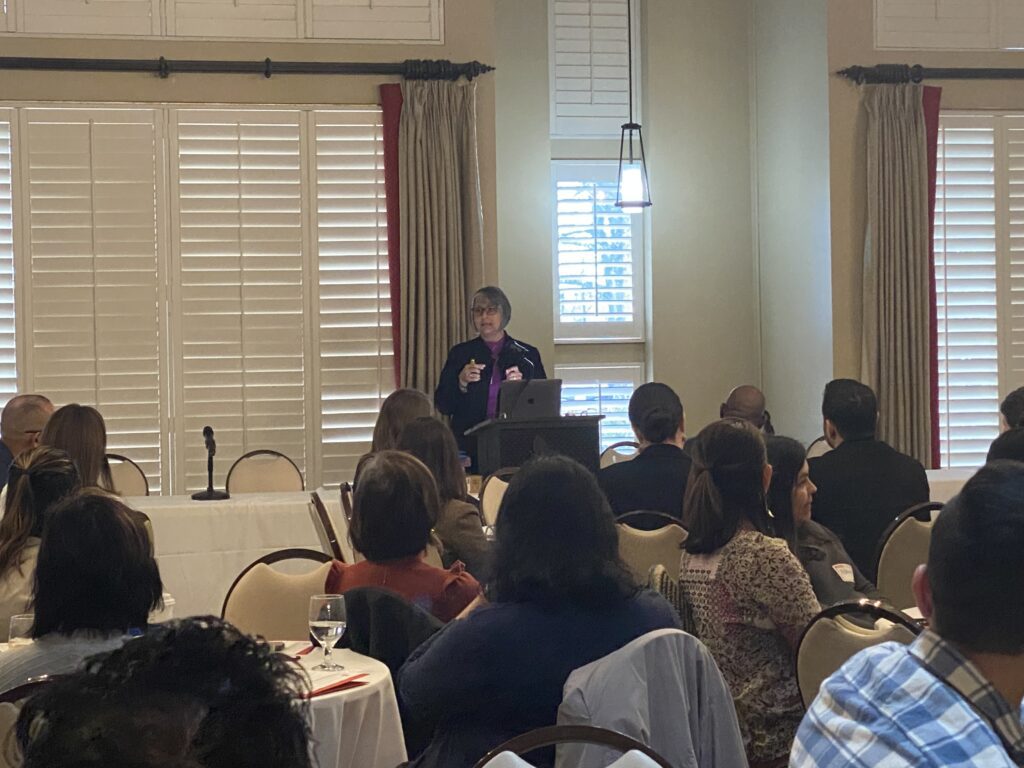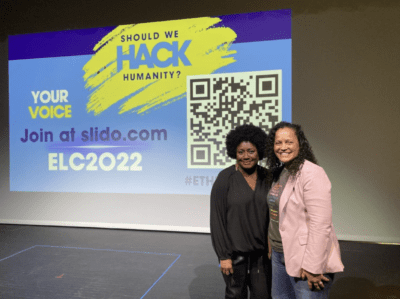|
|
Hispanic Serving Institutions, or HSIs, are on the rise in North Carolina, which is no surprise as the Hispanic and Latinx population has grown by over 40% over the last decade. But despite their growth, these institutions are still establishing their own identity in the education space.
According to the U.S. Department of Education, schools of higher learning can be classified as Hispanic Serving Institutions if Hispanic/Latinx students make up 25% or more of the student enrollment population.
As of 2022, the Hispanic Association of Colleges and Universities (HACU) reports that North Carolina has two HSIs: Sampson Community College and James Sprunt Community College.
The HACU also recognizes emerging HSIs in each state. Emerging HSIs are classified as nonprofit, degree-granting institutions with full-time equivalent (FTE) undergraduate Hispanic/Latinx student enrollment of at least 15% but less than 25%. These schools in North Carolina include:
- Alamance Community College
- Central Carolina Community College
- Central Piedmont Community College
- Durham Technical Community College
- Forsyth Technical Community College
- Johnston Community College
- Randolph Community College
- Rowan-Cabarrus Community College
- Salem College
- Surry Community College
- Wayne Community College
- Wilson Community College
While HSIs and emerging HSIs serve a significant Hispanic/Latinx student population, the majority of the student base is still made up of white students. This issue is also reflected within institutional leadership, as the majority of professors and administrators of these schools are white as well.
With this in mind, many organizations across the state have made it their mission to fill the gap.
What issues do Hispanic and Latinx students face?
While there are many things that can be improved at HSIs to better support students, the HACU highlights a few main issues and changes they would like to see in their 2022 Legislative Agenda.
Federal funding
“For decades, HSIs have been historically underfunded,” the agenda states. “While they serve two thirds of today’s 3.2 million Hispanic undergraduate students, HSIs also boast the largest enrollments of African American, Native American, and Asian American students. HSIs also enroll 31.4% of all Pell recipients in the nation, despite comprising 18% of U.S. institutions, indicating disproportionately high enrollments among underrepresented and high-need student groups.”
School enrollment retention
Hispanic and Latinx students also have the lowest high school completion rates of any major group. Of adults 25 and older, 25.7% of Hispanic/Latinx people have not completed high school, as compared to 4.9% of non-Hispanic/Latinx whites.
Teacher preparation
There continues to be a huge demographic mismatch between the public school population, which is increasingly diversified, and the majority white school personnel who serve them. Historically Black colleges and universities (HBCUs) and HSIs graduate the majority of the nation’s Black and Hispanic/Latinx teachers. HBCUs, which account for about 3% of the nation’s institutions of higher education, produce 51% of the nation’s African-American teachers. In addition, HSIs produce 90% of the nation’s Hispanic/Latinx teachers.
Increased investment in HSI STEM programs
A 21st century workforce trained in STEM is critical to the nation’s economic strength, social wellbeing, and financial security. In 2020, Hispanic/Latinx populations comprised the fastest-growing sector of the U.S. labor force. That year, that same population also received just 8.2% of the doctoral degrees in engineering, mathematics, and computer sciences, physical and earth sciences, and life sciences awarded to U.S. citizens or permanent residents, despite representing 18.7% of the population.
The importance of developing an identity
Many people compare HSIs to HBCUs because they are both institutions of higher learning that serve great minority populations. However, HBCUs have a vital component that HSIs do not: legacy.
HBCUs were created with the intended purpose of serving Black students at a time when other institutions refused to do so, thereby creating a powerful reputation accompanied by a strong alumni support base and federal funding. HSIs, however, were not intentionally created to serve Hispanic students, but instead just happen to have seen or attracted a growth in their Hispanic/Latinx student base.
So why are HSIs important? These schools, if utilized and supported correctly, can serve as a beacon of support for Hispanic and Latinx students and foster more opportunities for Hispanic and Latinx educational leadership.
According to LatinxEd Co-Founder and Executive Director Elaine Utin, developing an identity could benefit the amount of support that these students and institutions are able to receive.
“(HSIs need) people to put some umph behind what it means. How are we Hispanic serving institutions?” she said.
In developing an identity or brand associated with HSIs, these schools are better able to create community and establish a commitment to something greater than oneself.
North Carolina is aiming to do its part in supporting and celebrating Hispanic and Latinx educators and students.
The first annual NC Hispanic/Latino Professional Educators Summit was recently hosted on the campus of North Carolina State University. Attendees were greeted by N.C. State College of Education Dean Paola Sztajn, experienced an electrifying keynote address by Wake County Public School System Superintendent Catty Moore, and learned more about many important topics surrounding education, such as Hispanic and Latino State of Affairs, diversity, equity, and inclusion as a Latinx educator, professional development and career advancement, and student perspectives.


Who is leading the way in supporting HSIs and Latinx students?
Considering the type of problems that HSIs and their students face, a lot of the changes needed to create a lasting impact on HSIs and the futures of Hispanic and Latinx students need to happen on the legislative level.
However, many organizations in the state have made it their mission to support the matriculation of these students, igniting the changes they want to see themselves.
AdelanteNC “focuses on education issues affecting Latino and migrant students and their families in North Carolina. The coalition is a collaboration among nonprofit organizations that focus on advocacy and public policy, community organizing, and grassroots support. They are working to ensure that North Carolina has a high-quality K-12 and postsecondary public education system where students will succeed and excel without regard to race, ethnicity, national origin, language, culture, socioeconomic or immigration status. In 2015 the Coalition had two main projects: the Let’s Learn NC campaign for tuition equity and the development of useful materials and practices entitled The Latino Student Success project.”
The North Carolina Society of Hispanic Professionals “is a professional membership group, made of individuals who are united by a common desire, to see Hispanic students succeed in the classroom so they can succeed in life. Since 1999, the NCSHP has existed to promote the education of Hispanic students at all scholastic levels. Through their educational programs and initiatives, they work to lower the dropout rate of Hispanic students in North Carolina and provide them with access to higher education.”
El Centro Hispano “works to strengthen the community, build bridges, and advocate for equity and inclusion.” With focus areas in education, economic development, community health, community support, and civic & community participation, El Centro Hispano takes a holistic approach to supporting the overall well-being of Hispanic and Latinx community.
The Hispanic Association of Colleges and Universities, “founded in 1986, represents more than 500 colleges and universities in the United States, Latin America, Spain, and school districts throughout the U.S. HACU is the only national association representing existing and emerging Hispanic-Serving Institutions (HSIs). The Hispanic Association of Colleges and Universities fulfills its mission by promoting the development of member colleges and universities, improving access to and the quality of post-secondary educational opportunities for Hispanic students; and meeting the needs of business, industry and government through the development and sharing of resources, information and expertise.”
Latinx Education (LatinxEd) “is a non-profit educational initiative in NC providing targeted, multi-year support to Latinx students and immigrant families striving for higher education and greater opportunity.” Their mission is to “invest in Latinx leadership and expand educational equity and opportunity in North Carolina.”



